
The Business of Fashion
Agenda-setting intelligence, analysis and advice for the global fashion community.

Agenda-setting intelligence, analysis and advice for the global fashion community.
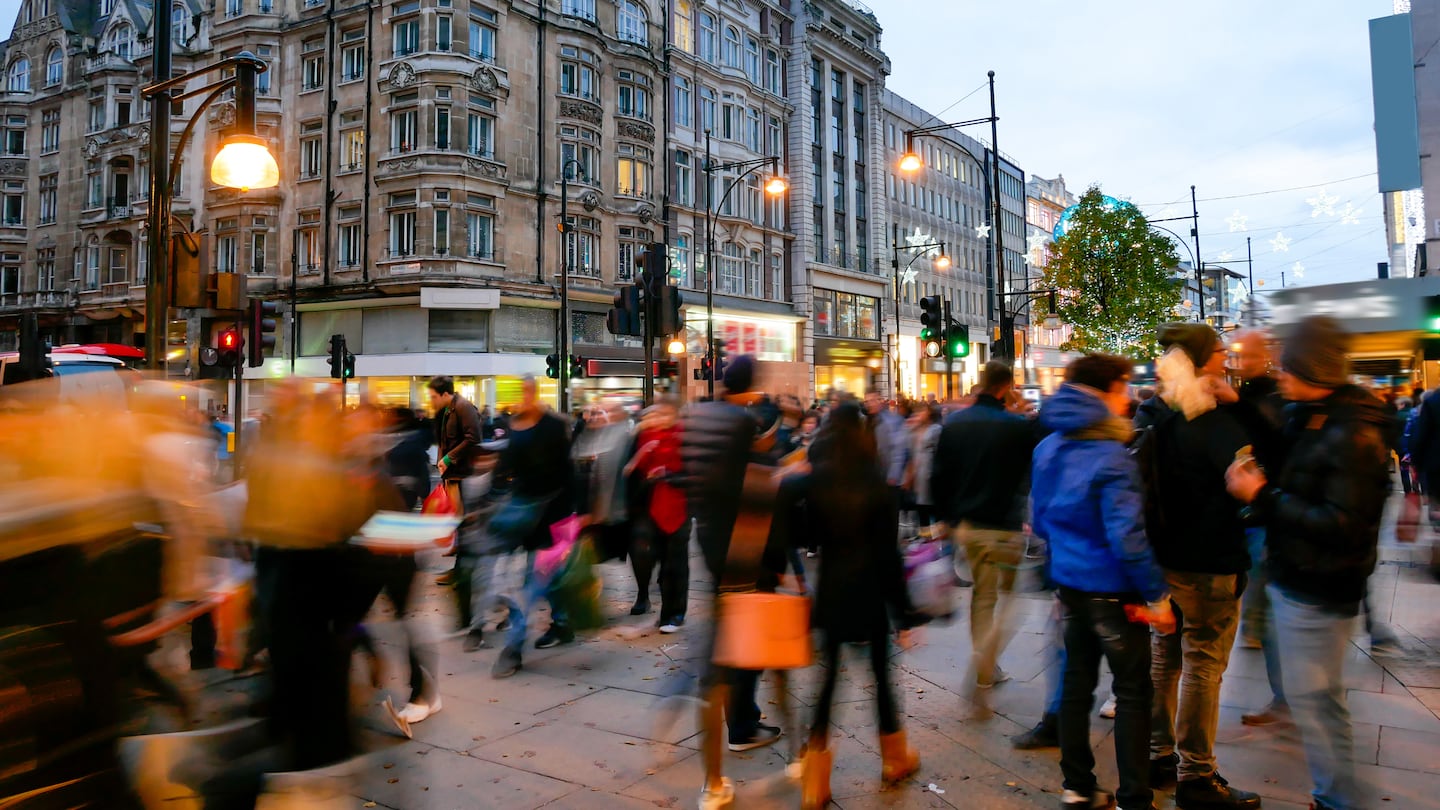
For the better part of 2022, the fashion industry was waiting for the other shoe to drop. We’re still waiting.
There was the glut of merchandise retailers and brands had amassed going into the year. Already high inflation hit levels not seen since the early 1980s. Russia ceased to be a viable market for most Western brands almost overnight when it invaded Ukraine. Interest rate hikes, a sagging stock market and round after round of tech layoffs all threatened to cool consumer demand for fashion. China’s economic engine faced its greatest threat in decades from the country’s Zero Covid policy. The UK and much of Europe teetered on the brink of what some economists predict will be a long, deep recession.
But throughout this period, there’s always been just enough good news to keep the fashion industry from spiralling into utter despair. The US has managed to dodge a recession so far (though in surveys a majority of economists regularly continue to predict it’s only a matter of time). China has loosened its Zero Covid policy, raising hopes that its massive market will swiftly reopen when the inevitable wave of illnesses subsides.
And most importantly, consumers don’t seem to share economists’ and fashion executives’ doom-and-gloom mindset. On Friday, the University of Michigan said its index of US consumer sentiment hit 59.7 in December, below a reading of 70.6 a year ago, but up from November and above economists’ average forecast. The Conference Board’s widely followed measure of how Americans feel about the economy rose to an eight-month peak in December, according to data published Wednesday. And a Wednesday survey from the Confederation of British Industry reported an 11-point uptick in consumer demand in December, up from a 19-point drop in November. Forecasters had been projecting a 20-plus-point decline this month.
ADVERTISEMENT
Experts say the uptick can be attributed to easing inflation; In November, consumer prices rose 7.1 percent from a year ago, down from a 7.7 percent increase in the month prior.
Retail sales tell a similar story. The headline number, reflecting purchases of everything from televisions to watches to dish soap – fell 0.6 percent in the US and 0.4 percent in the UK in November compared to the month prior But UK clothing sales volumes actually rose 2.1 percent last month, while in the US, sales for stores specialising in clothing and clothing accessories dipped a relatively mild 0.2 percent.
How can the fashion industry prepare to face a market that can’t seem to make up its mind whether it’s in a downturn? Nike, which reported quarterly results earlier this week, is an instructive example of how to ride the economy’s ups and downs.
The activewear giant’s shares plummeted in September after it reported a typical pandemic mix of bad news, including late-arriving and off-trend merchandise and weak sales in China. The company was transparent about the painful rounds of discounting that would be needed to get rid of its excess inventory.
On Tuesday, Nike said it had made progress in whittling down its glut, and reported stronger-than-expected sales and earnings. Its stock soared, and now trades higher than it did in September.
Nike’s good news had a halo effect on the whole industry, with fashion stocks rising almost across the board. The retailer demonstrated that excess inventory can be a temporary problem, rather than a return to the bad old days of year-round discounting. Nordstrom, American Eagle, Vince and Urban Outfitters Inc. have also underscored their efforts to reduce inventory in recent earnings calls.
If retailers can improve their inventory position in early 2023, they will be in a much healthier position to for a strong year in general, analysts say.
“The bull case on 2023 remains centred on clean post-holiday inventory levels and margin visibility,” Wells Fargo retail analyst Ike Boruchow wrote in a note published Wednesday.
ADVERTISEMENT
China’s reopening economy may be another tailwind. In November, retail sales fell 5.9 percent year over year. But some analysts are projecting some kind of recovery for next year as the country has begun easing its Zero Covid policy.
“Our base case forecasts mid-single-digit growth in retail sales in 2023, up modestly from a low base in 2022, which was heavily affected by ongoing pandemic restrictions and testing requirements,” credit rating agency Fitch wrote in a Nov. 24 research report.
It bears repeating that economists still say a recession is likely in most major economies next year, if not globally. That will be tough on fashion brands, even the ones like Nike that are moving past the pandemic’s disruptions. But for now, many retailers are focussed on the silver linings.
THE NEWS IN BRIEF
FASHION, BUSINESS AND THE ECONOMY
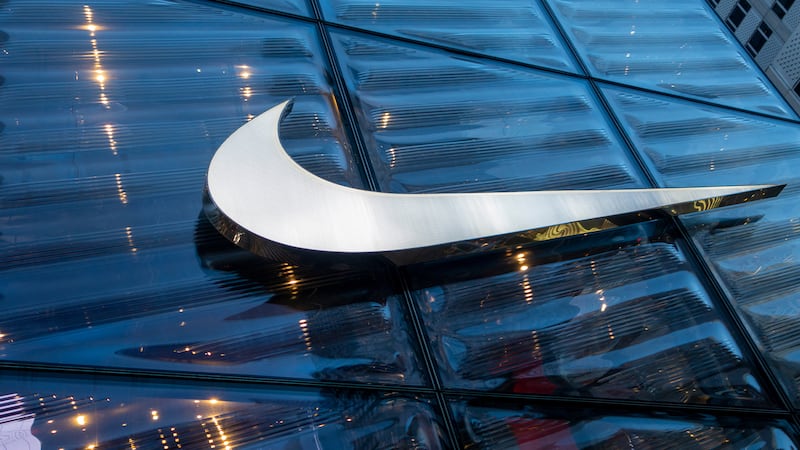
Nike reports strong revenue; shares surge. Nike’s revenue jumped 17 percent to $13.32 billion in the period, beating an average estimate of $12.57 billion. A profit of 85 cents per share for the second quarter ended November topped estimates of 64 cents, per Refinitiv data, Reuters reports.
Swiss watch exports jump to record high on US and Qatari demand but China slumps. Shipments rose 10.9 percent to a monthly record of 2.4 billion francs ($2.6 billion) last month, the Federation of the Swiss Watch Industry said Thursday. Exports totalled 22.9 billion francs from January to November, an 11.9 percent rise and on track for the industry’s best year ever.
Moncler Genius to relaunch with London showcase in 2023. The luxury outerwear brand’s “Genius” programme — which has seen Moncler roll out as many as eight capsule collections per year since 2018 alongside guest collaborators like Valentino’s Pierpaolo Piccioli, Crag Green and Simone Rocha — is returning after a pause in 2022. Collaborators are yet to be announced.
ADVERTISEMENT
Superdry positive on second half as jacket sales surge to record. The fashion retailer reported first-half revenue growth of 3.6 percent, but struck a cautious note on outlook as the sector steers through rising expenses and a worsening cost-of-living crisis in the UK.
Tesco facing legal claim over worker conditions at Thai clothing factory. A group of migrant workers from Myanmar are alleging dire working conditions at a Thai factory which made clothes for Britain’s biggest retailer.
THE BUSINESS OF BEAUTY
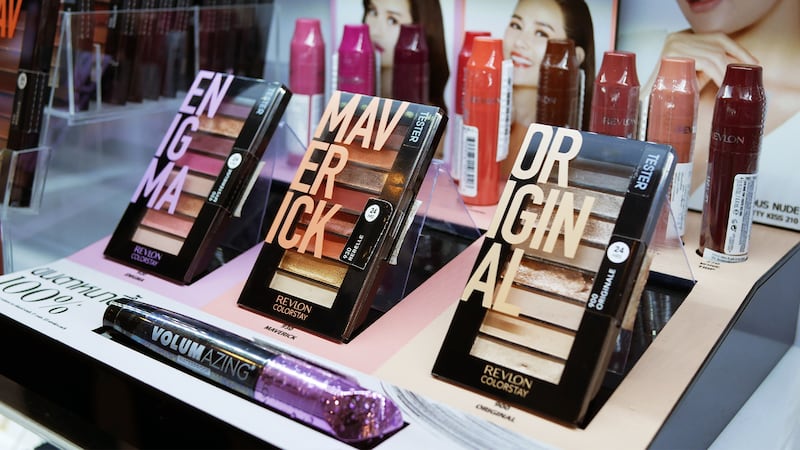
Revlon’s bankruptcy plan would wipe out stockholders, hand ownership to lenders. The company entered a restructuring support agreement with a critical lender group and its official committee of unsecured creditors on Monday, filings show.
PEOPLE
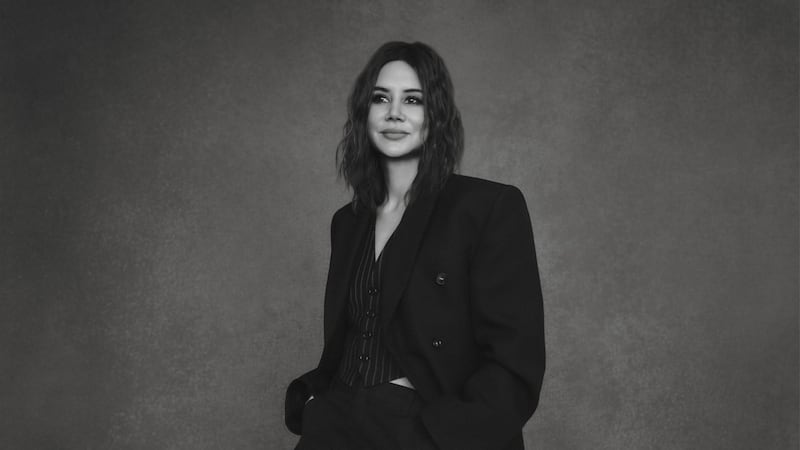
Christine Centenera appointed editor-in-chief of Vogue Australia. The renowned stylist and current fashion director of Vogue Australia will replace Edwina McCann in the publication’s top job.
MEDIA AND TECHNOLOGY
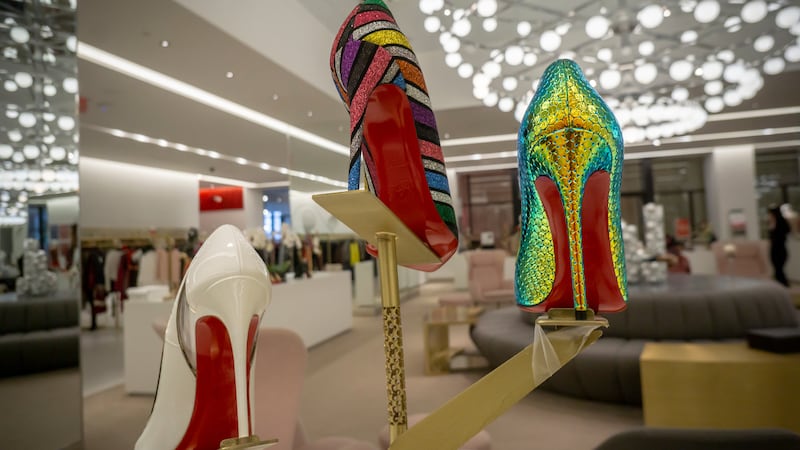
Amazon may be responsible for allowing Louboutin knock-off ads, EU court says. Louboutin brought two cases against Amazon in 2019, saying the company regularly displayed advertisements for red-soled shoes put on the market without Louboutin’s consent.
Compiled by Joan Kennedy.
As the German sportswear giant taps surging demand for its Samba and Gazelle sneakers, it’s also taking steps to spread its bets ahead of peak interest.
A profitable, multi-trillion dollar fashion industry populated with brands that generate minimal economic and environmental waste is within our reach, argues Lawrence Lenihan.
RFID technology has made self-checkout far more efficient than traditional scanning kiosks at retailers like Zara and Uniqlo, but the industry at large hesitates to fully embrace the innovation over concerns of theft and customer engagement.
The company has continued to struggle with growing “at scale” and issued a warning in February that revenue may not start increasing again until the fourth quarter.